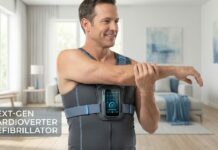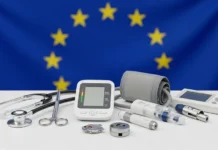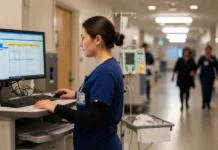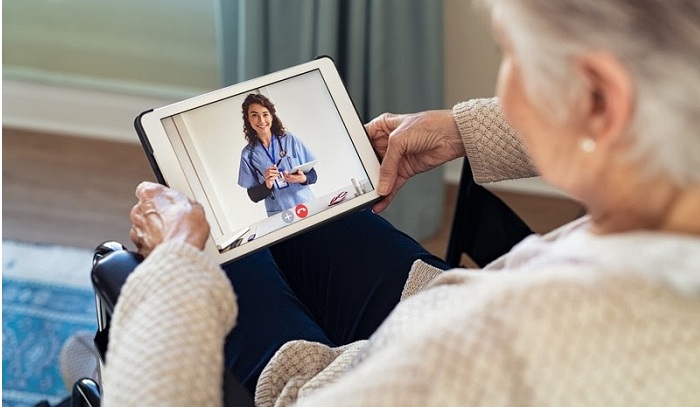Telehealth and patient identification errors have a few things in common – both of them have been around for quite some time and both of them are overlooked by many healthcare professionals. However, due to COVID-19, telehealth has finally got its big break as it got a chance to show its true potential. Unfortunately, it also attracted the attention of hackers and fraudsters who usually commit medical identity theft during hospital visits, only in telehealth, fraudsters can do it in virtual visits too. That being said, let’s take a closer look at telehealth, some reasons that show why proper patient identification is a must, and how it helps enhance patient safety online, among other things.
Telehealth is all the rage nowadays
Telehealth was left in the dust for many years, but that was before the pandemic hit the U.S. Now, telehealth has become not only popular but also an integral part of the U.S. healthcare system. One of the biggest advantages of telehealth is that it’s able to provide care to non-critical patients without them even stepping inside the hospital, something that was crucial during the pandemic. It was able to serve patients while ensuring their safety as they didn’t have to leave their homes and risk getting the virus.
However, while healthcare providers are using telehealth for more visits, they also need to reduce patient identification errors – yes, that might occur during telehealth sessions too. Not only that but ensuring accurate patient identification can also enhance patient safety and reduce medical identity theft. That being said, let’s take a look at how accurate patient identification with RightPatient helps with telehealth visits.
Benefits of reducing patient identification errors during telehealth sessions
Improves efficiency
In healthcare facilities, whenever patient identification issues occur, it takes a lot of time to find out the accurate medical record, and in many cases, even after spending a considerable amount of time, the patients are assigned with the wrong medical records. The same happens with telehealth visits – just imagine if it takes a lot of time to identify the accurate medical record! However, if accurate patient identification is ensured, then not only will the entire process be faster, but it will also lead to better patient outcomes – increasing efficiency and effectiveness in the process.
Reduces denied claims down the line
Typically, caregivers need to forward the claims to the payers. However, if patient identification isn’t accurate then the claim will be based on wrong patient information, leading to denied claims – these can cost millions. Ensuring accurate patient identification means lower denied claims, consistent billing and coding, and improved revenue cycle down the line.
Complements compliance efforts
Healthcare providers in the U.S. need to ensure compliance with a number of rules and regulations, one of the more famous ones is HIPAA. While solutions such as HIPAA compliance software is available to streamline compliance and reduce the administrative burden, ensuring accurate patient identification can take it one step further as it prevents medical identity theft even if the data is breached.
Accurate patient identification in both in-person and virtual visits prevents fraudsters, reduces litigation costs, and ensures patient safety – complementing relevant compliance efforts and preventing hefty fines down the line.
Improves data integrity
Ensuring that patients are identified accurately right from the start during both in-person and telehealth visits, means that the information regarding the patient is being recorded in the appropriate EHR, ensuring patient data integrity. This means that the patient will receive accurate treatment down the line, improving patient outcomes and ensuring patient safety. Without accurate patient identification, a medical record mix-up can occur, leading to incomplete patient records and wrong treatments down the line.
Prevents medical identity theft in real-time
One of the reasons why fraudsters get away after committing medical identity theft is because they are not red-flagged in real-time due to patient identification errors. Since caregivers cannot identify patients accurately, fraudsters assume the victims’ identities and can avail healthcare services, tamper with the EHRs, and more. This is a huge concern even during telehealth visits.
However, platforms such as RightPatient can ensure accurate patient identification even during telehealth visits and red-flag fraudsters, preventing medical identity theft in real-time.
While data breaches might be unstoppable for now, medical identity theft can be prevented by ensuring accurate patient identification, something which RightPatient can ensure – ensuring patient safety, protecting patient data integrity, and improving healthcare outcomes during both in-person and virtual sessions.


















